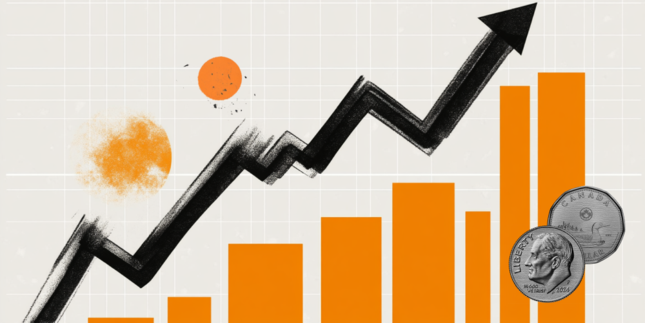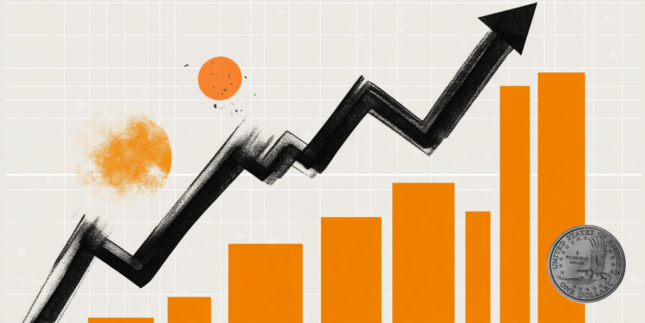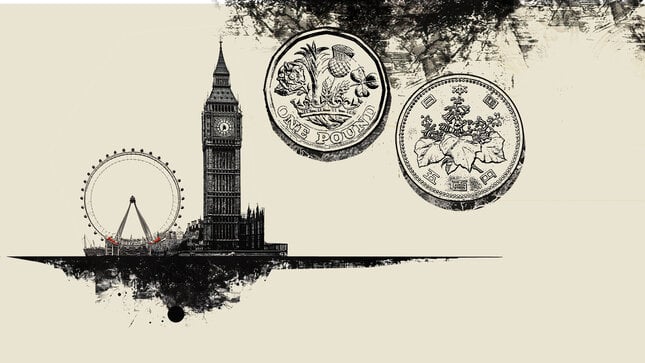NZD/USD trades higher near 0.5950 ahead of potential US-China trade talks
- NZD/USD rebounds amid optimism over potential easing of US-China trade tensions.
- New Zealand PM Luxon highlighted that although financial markets experienced declines in early April, they have since shown partial recovery.
- The US Dollar may regain momentum as the Federal Reserve signals a more cautious stance on monetary policy.
The NZD/USD pair is trading near 0.5970 during Thursday’s Asian session, rebounding after a more than 1% decline in the previous session. The recovery is driven by optimism surrounding potential de-escalation in US-China trade tensions.
US Treasury Secretary Scott Bessent is set to meet with China’s top economic official in Switzerland on Saturday in a bid to revive stalled trade talks. Additional support for the NZD came from China—New Zealand’s largest trading partner—as Beijing stepped up stimulus efforts to boost economic growth in the face of trade-related challenges.
New Zealand Prime Minister Christopher Luxon commented on Thursday that while financial markets saw a sharp deterioration in early April, they have since partially recovered, though volatility persists. Luxon emphasized the importance of the global environment but expressed confidence in New Zealand's economic recovery.
Meanwhile, Reserve Bank of New Zealand (RBNZ) Governor Christian Hawkesby warned that the country remains vulnerable to global trade disruptions stemming from US tariff policies. Hawkesby highlighted weak labor market data and ongoing global market dysfunctions as major concerns.
The US Dollar Index (DXY) is hovering around 99.70 at the time of writing, with potential to regain strength amid cautious signals from the Federal Reserve (Fed). On Wednesday, the Fed left interest rates unchanged at 4.25%–4.50%, but noted growing risks from inflation and unemployment, adding to economic uncertainty. According to the CME FedWatch Tool, markets still anticipate a 25-basis-point rate cut in July.
New Zealand Dollar FAQs
The New Zealand Dollar (NZD), also known as the Kiwi, is a well-known traded currency among investors. Its value is broadly determined by the health of the New Zealand economy and the country’s central bank policy. Still, there are some unique particularities that also can make NZD move. The performance of the Chinese economy tends to move the Kiwi because China is New Zealand’s biggest trading partner. Bad news for the Chinese economy likely means less New Zealand exports to the country, hitting the economy and thus its currency. Another factor moving NZD is dairy prices as the dairy industry is New Zealand’s main export. High dairy prices boost export income, contributing positively to the economy and thus to the NZD.
The Reserve Bank of New Zealand (RBNZ) aims to achieve and maintain an inflation rate between 1% and 3% over the medium term, with a focus to keep it near the 2% mid-point. To this end, the bank sets an appropriate level of interest rates. When inflation is too high, the RBNZ will increase interest rates to cool the economy, but the move will also make bond yields higher, increasing investors’ appeal to invest in the country and thus boosting NZD. On the contrary, lower interest rates tend to weaken NZD. The so-called rate differential, or how rates in New Zealand are or are expected to be compared to the ones set by the US Federal Reserve, can also play a key role in moving the NZD/USD pair.
Macroeconomic data releases in New Zealand are key to assess the state of the economy and can impact the New Zealand Dollar’s (NZD) valuation. A strong economy, based on high economic growth, low unemployment and high confidence is good for NZD. High economic growth attracts foreign investment and may encourage the Reserve Bank of New Zealand to increase interest rates, if this economic strength comes together with elevated inflation. Conversely, if economic data is weak, NZD is likely to depreciate.
The New Zealand Dollar (NZD) tends to strengthen during risk-on periods, or when investors perceive that broader market risks are low and are optimistic about growth. This tends to lead to a more favorable outlook for commodities and so-called ‘commodity currencies’ such as the Kiwi. Conversely, NZD tends to weaken at times of market turbulence or economic uncertainty as investors tend to sell higher-risk assets and flee to the more-stable safe havens.
Forex News
Keep up with the financial markets, know what's happening and what is affecting the markets with our latest market updates. Analyze market movers, trends and build your trading strategies accordingly.























